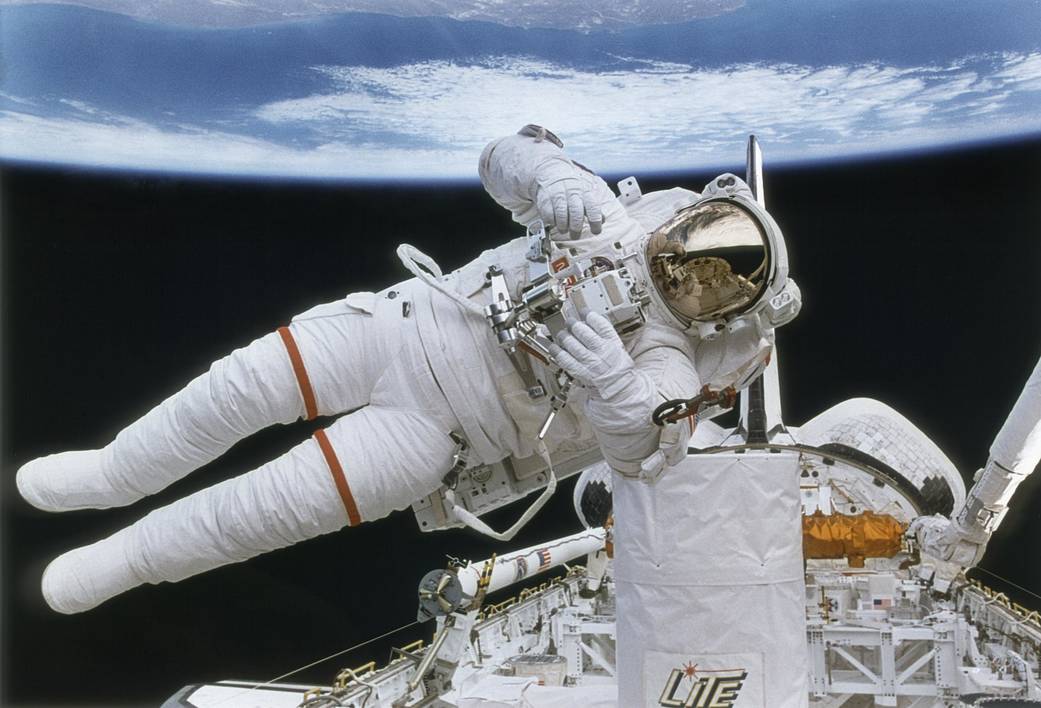
Science fiction thrillers frequently feature accidents that cause astronauts to float away into space. Though this has yet to happen in the real world, it is a risk every astronaut is well-aware of when embarking on a spacewalk or Extra Vehicular Activity (EVA). To prevent the nightmare scenario, space explorers are not only tethered to the spacecraft but also fitted with a backup safety kit.
Dubbed Simplified Aid For EVA Rescue (SAFER), the “life jacket,” which is worn like a backpack, contains a bottle of pressurized nitrogen and tiny thrusters. In the unlikely event that an astronaut gets untethered, he/she can use the joy-stick-like controller attached to the front of the spacesuit to return to the spacecraft. The only drawback is that SAFER is manually operated, which means it is of no use if the astronaut becomes unconscious, gets injured, or is simply too panicked to navigate back. The system also requires an extensive amount of ground training.

To solve the problem, the Charles Stark Draper Laboratory, a Massachusetts-based non-profit research company, is working with NASA to create an application to automate SAFER. Dubbed “take me home,” it entails fitting spacesuits with sensors that monitor the astronaut’s movement, acceleration, and relative position to a stationary spacecraft. Since there is no GPS in deep space, the team has devised two clever ways to determine the astronaut’s exact location. The first uses a high-resolution camera to capture the landmarks around the astronaut, while the second method keeps track of his/her location with the help of the surrounding stars.
In case of an emergency, the spacefarer can simply press a button, and the system will take control of the thrusters and transport him/her back to the spacecraft. More importantly, the button can be remotely activated by a crew member or mission controller to rescue an astronaut in distress. According to the inventors, the smart system will find the safest and most efficient way to bring the spacewalker back.

The team, which filed for a design patent in late 2017, has tested the “take me home” technology successfully in simulations. But to make it a reality, they will need long-term funding from NASA. Kevin Duda, a space systems engineer at the laboratory, says, “The technology we believe is there to package into a solution. It’s just a matter of commitment from the customer to make this a reality.” He believes that once ready, it would be useful for a variety of other applications, including assisting firefighters to navigate through smoke-filled rooms, enabling skydivers to land safely, and even bringing disoriented deep sea divers back to the surface.
Resources: newatlas.com, theverge.com, spaceref.com